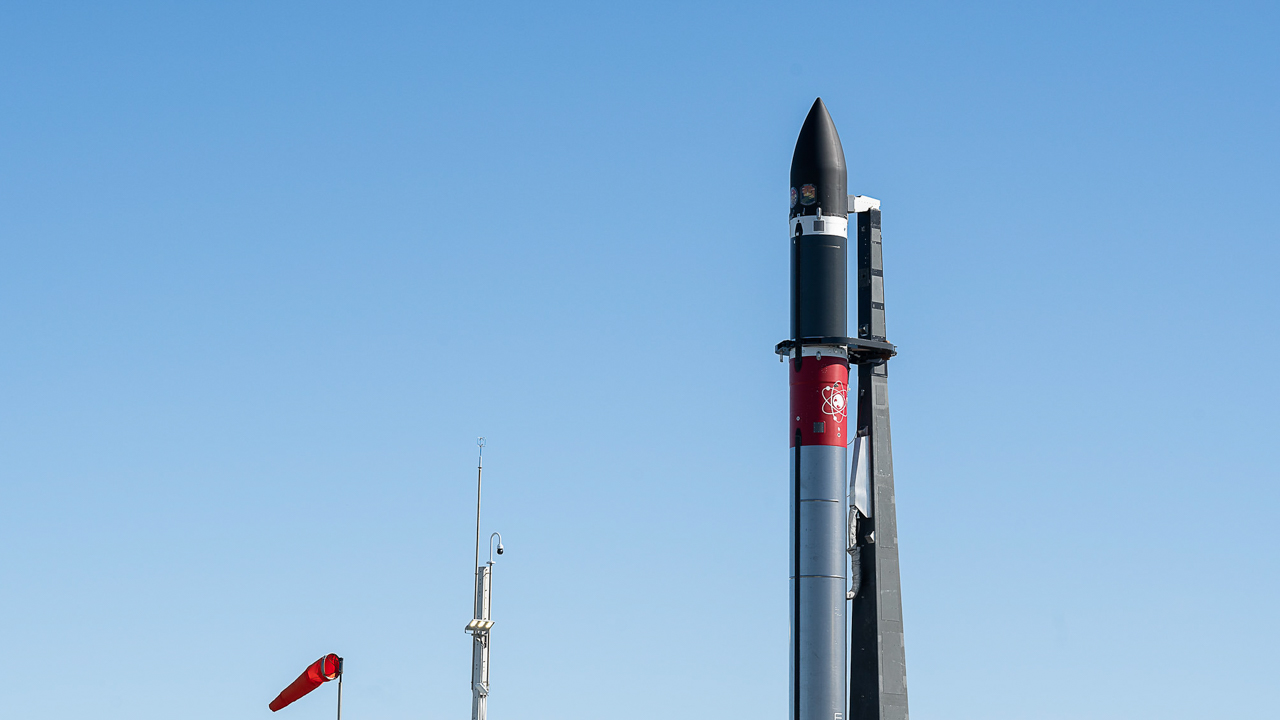Rocket Lab is expected to launch seven satellites from Launch Complex 1 on the Mahia Peninsula in New Zealand. This will be the 39th overall mission and the seventh of the year.
Following up on their most recent launch, the debut of HASTE, Rocket Lab announced they will launch the “Baby Come Back” mission no earlier than July 14th.
The countdown to our next Electron launch from LC-1 is on – mark your calendars for July 14 UTC! 🗓️
In the meantime, we’re working a parallel launch campaign for the mission *after* this, with launch rehearsals now underway for our 🎉40th🎉 Electron mission. pic.twitter.com/jtszMSf4Bo
— Rocket Lab (@RocketLab) June 29, 2023
NASA will fly four CubeSats dubbed the Starling mission and will test technologies for future multiple spacecraft missions. This small swarm of satellites will test in-space communications, navigation, and maneuvers between the spacecraft. Proving out this technology will allow NASA to apply these capabilities to future swarm satellite constellations on future missions.
Spire has two 3U CubeSats on board which will carry Global Navigation Satellite System Radio Occultation (GNSS-RO) payloads. These two satellites will be used to replenish the fully deployed constellation of more than 100 multipurpose satellites. The satellites provide global weather intelligence that is used to improve the accuracy of forecasts. Spire is the largest producer of GNSS-RO data.
The final satellite payload on this mission is the Telesat LEO 3 demonstration satellite. Built by Space Flight Laboratory. the LEO 3 satellite will replace the decommissioned LEO 1 satellite and allow Telesat to continue its test campaign of the Telesat Lightspeed constellation.
Rocket Lab will also attempt to recover the first stage of the mission, hence the name “Baby Come Back.” This will be the 2nd recovery attempt of the year after previously successfully recovering the first stage during their 35th mission, “The Beat Goes On.”
Back-to-back launch campaigns are underway at LC-1 as we prepare for our 39th and 40th Electron missions. #BabyComeBack #WhatShouldWeCallNumber40 pic.twitter.com/oYAdOjTxnO
— Rocket Lab (@RocketLab) July 3, 2023
Following stage separation, the Electron first stage will use Reaction Control Thrusters to orient itself as it travels back through the dense atmosphere. Unlike the Falcon 9, the Electron does not perform an entry burn or landing burn. Instead, the RCS thrusters make sure the first stage is positioned to best handle the heating and pressures applied and then, at the correct altitude, will deploy a parachute before an eventual soft touchdown in the ocean, where it will be recovered by ship.
Disclosure: Richard Angle is not an RKLB shareholder.
Questions or comments? Shoot me an email at rangle@teslarati.com, or Tweet me @RDAnglePhoto.

